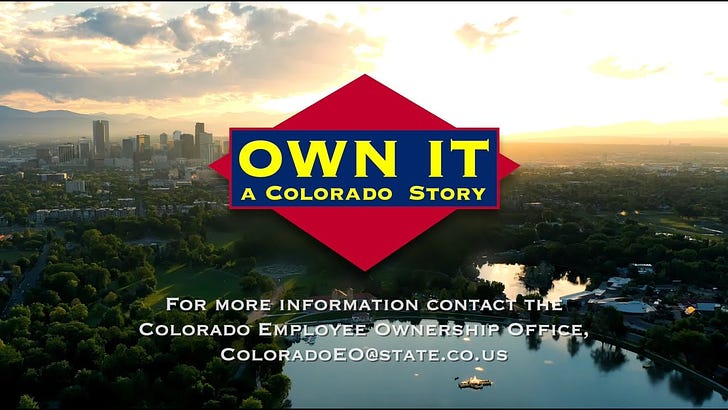Another essential way to limit corporate power
The return and rise of co-ops could rewire our economy and politics
Welcome to a premium Tuesday evening edition of Progress Report.
In last night’s newsletter, we looked at how organizers are using progressive economic populism to pierce through the far-right politics of even the most Republican-dominated states. Tonight, we’ll examine a growing effort to restore balance to the economy by seizing power from the corporate ownership class that has forced most Americans into a perpetual state of uncertainty and precarity.
On that note, check out this new report about fed up Dollar General workers that I produced at More Perfect Union:

OK, time for the original newsletter content.
by Natalie Meltzer
The challenges of the last two years have spurred a tremendous increase in worker organizing and militancy. We’ve extensively covered the rebirth of the labor movement, but the surge of high-profile strikes and organizing campaigns only tell part of the story about how working people are now seizing power over their wages, hours, and working conditions.
In a country commanded by corporations and adherent to a rigid hierarchy of at-will employment, worker-led co-ops have tended to exist on the fringes of the economy, especially once the post-war boom saw the rise of international conglomerates and fast-paced consumerism. But between the millions of Americans laid off by their jobs in 2020 and the millions more that have walked out on abusive bosses that did little or nothing to protect them from Covid, the desire to rethink work has led to a resurgence of this communal structure.
When people refer to co-ops, they may be referring to very different types of businesses.
The most common in the US are consumer cooperatives, which are businesses-owned and theoretically governed by customers. But as the union-busting campaign carried out by the consumer co-op REI demonstrated, these types of businesses have no commitment to the people who make the organizations run, and when profits are on the line, ignore the voices of consumers, too.
On the other hand, worker-owned cooperatives are managed through democratic governance that gives workers control over key business decisions and builds community wealth.
A national descent enabled a rapid rise
While worker cooperatives represent a very small number of businesses — there are about 1000 or so throughout the country right now — that represents exponential growth. Over the past two years, there has been a 30% rise in established worker-owned co-ops, according to the Democracy at Work Institute, and encouragingly, the concept has taken root across a variety of industries.
Employee-owned models have been successful in a variety of industries including food and beverage, farming, tech, childcare, construction, health, manufacturing, grocery, cleaning, and landscaping. They tend to thrive in low-capital sectors that do not require as much investment in heavy machinery or technology.
They’re growing in sophistication, too: A year ago, New York City drivers rolled out The Drivers Cooperative, a worker-owned rideshare platform that could defeat Uber and Lyft with New Yorkers’ support. They say they are now the largest worker cooperative in the country, with 3,500 members.
Keep reading with a 7-day free trial
Subscribe to Progress Report to keep reading this post and get 7 days of free access to the full post archives.







